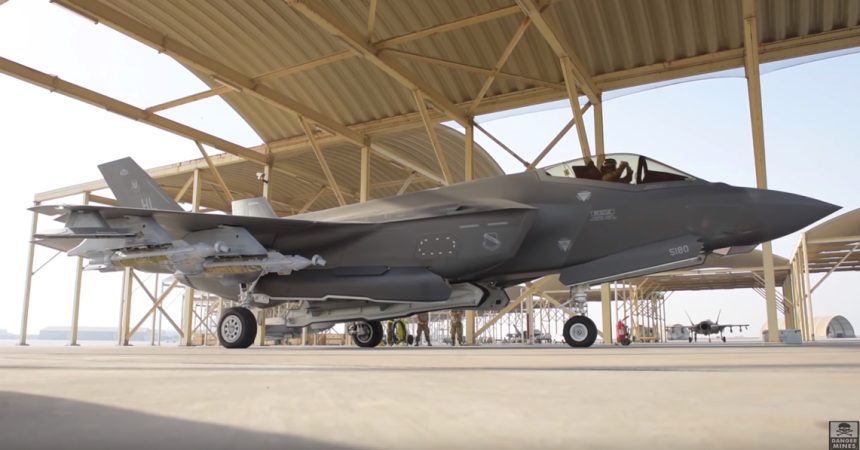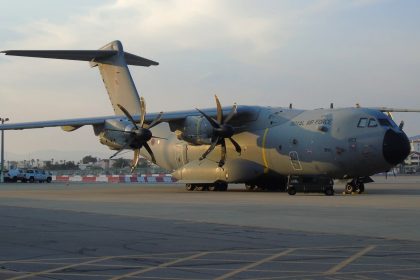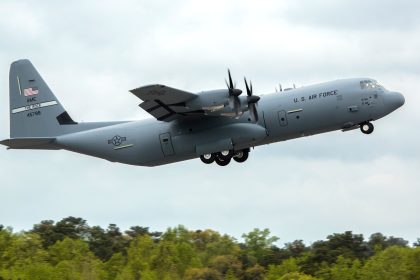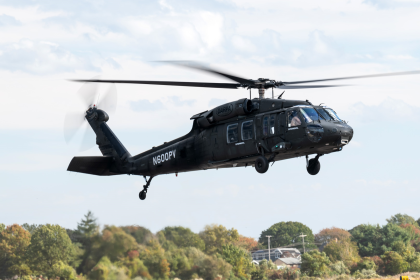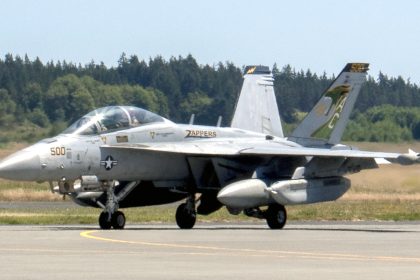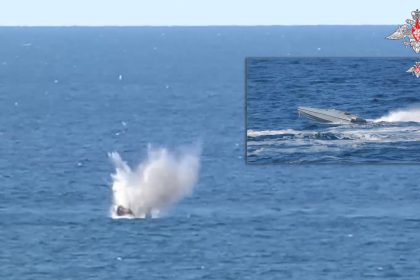USAF F-35A supporting Operation Inherent Resolve in Syria and Iraq have started going “beast”.
The U.S. Air Force belonging to the contingent from active duty 388th and reserve 419th Fighter Wings at Hill Air Force Base, Utah, deployed since Apr. 15, 2019, to the CENTCOM AOR (Area Of Responsibility), that conducted the very first air strike in support of Combined Joint Task Force – Operation Inherent Resolve on April 30, have launched “deterrence missions” in the CENTCOM AOR (Area Of Responsibility) since their arrival at Al Dhafra Air Base, in UAE.
As already explained in detail, in both combat as well as “standard” theater sorties, the F-35A aircraft carried external AIM-9X Sidewinder AAMs (Air-to-Air Missiles) – and the radar reflectors/RCS (Radar Cross Section) enhancers.
In my previous article about the F-35A’s baptism of fire, I commented:
“The F-35s use RCS enhancers to exaggerate their real RCS and negate the enemy the ability to collect any detail about their LO “signature”. In Syria and Iraq the risk is probably to “feed” the Russian S-400 air defense system, hence the use of devices used to become more visible to radars. Actually, the use of Luneberg lenses is also an option in case of war, when enemy air defense assets including sensors, air defense missile and gun systems and enemy aircraft are degraded by airstrikes and the environment becomes more permissive: in such a scenario the F-35 no longer relies on low-observable capabilities for survivability so it can shift to carrying large external loads, and go in a so-called beast mode”.
New footage coming from Al Dhafra shows that the F-35s have alreadt started flying in CAS (Close Air Support) “Beast Mode” (or “Bomb Truck”).
In particular, the aircraft are loaded with 2x AIM-9X (on the outer pylons) and 4x GBU-12 500-lb LGB (Laser Guided Bombs) on the underwing pylons.
This configuration involving external loads is also referred to as a “Third Day of War” configuration as opposed to a “First Day of War” one in which the F-35 would carry weapons internally to maintain low radar cross-section and observability from sensors (if needed – for instance, this was not needed when the F-35A was called to carry out the first air strike in the Middle East, nor was it needed when the U.S. Marine Corps F-35B carried out the first air strike in Afghanistan).
Exploiting the internal weapon bays, in “Beast Mode“ the F-35A can carry 2x AIM-9X (external pylons), 2x AIM-120 AMRAAM (internal bomb bay) and 4x GBU-31 2,000-lb (pylons) and 2x GBU-31 PGMs (internal bay). We don’t know whether the F-35As in the footage had also internal load (an AIM-120 is barely visible) but the fact they had external bombs is surely worth of note. Another interesting detail is that not all the outer pylons are loaded with the AIM-9X: at least one of the aircraft has one empty pylon.
As explained in a previous story, “the use of radar reflectors and external loads still allows the aircraft to act as a so-called “electronic warfare enabled sensor-rich multi-role aircraft” that can hit target or escort strike packages into and out of the target area while gathering details about the enemy systems and spreading intelligence to other “networked” assets supporting the mission to improve the overall situational awareness. As done by the F-22s since 2015, the F-35 can use its advanced onboard sensors to collect valuable details about the enemy Order of Battle, then share the “picture” with attack planes, command and control assets, as well as Airborne Early Warning aircraft, while escorting other manned or unmanned aircraft towards the targets. Indeed, the Lightning II is equipped with both the MADL [Multifunction Advanced Data Link] and Link 16, with the latter used only as a “backdoor” that allows the F-35 to communicate with legacy aircraft and perform the function of “enhancers” of previous generation platforms.”
Back to the “Beast Mode”, F-35B with the U.S. Marine Corps of the “Flying Tigers” of Marine Medium Tiltrotor Squadron (VMM) 262 (Reinforced) launched in “Beast Mode” (or “Bomb Truck”) from the flight deck of amphibious assault ship USS Wasp (LHD 1) during the deployment in the Indo-Pacific region last February.
H/T to our friend and The Aviationist reader Stefano D’Urso for the heads-up!!

